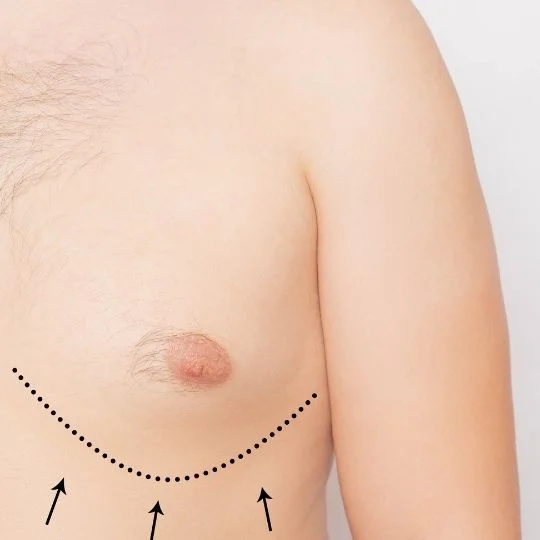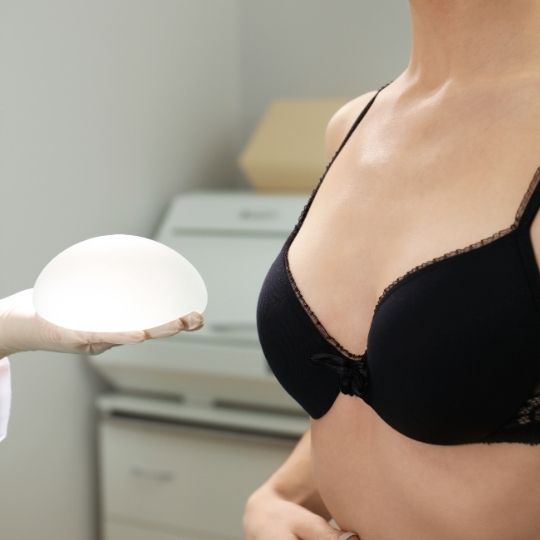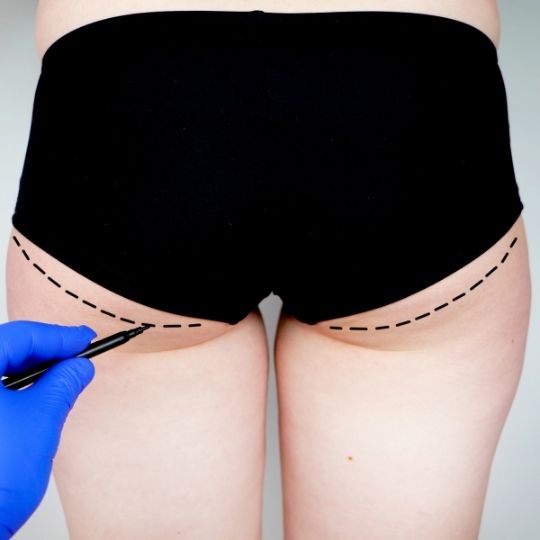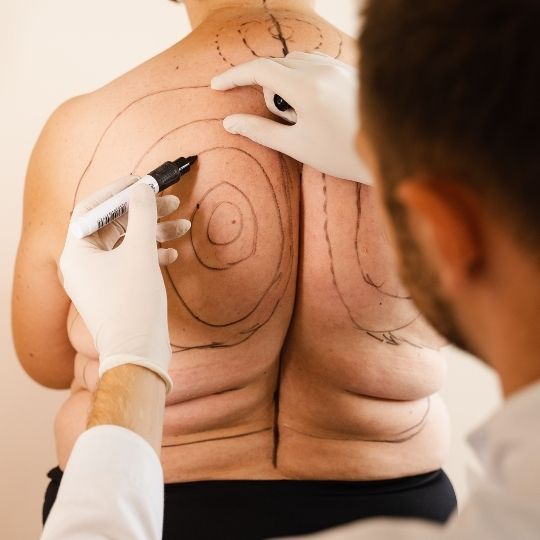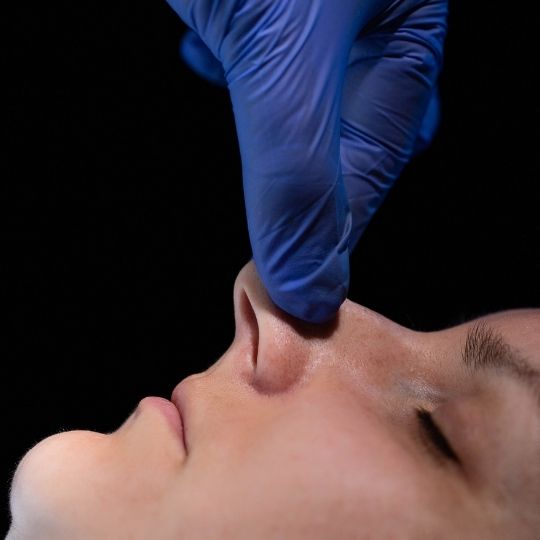Plastic surgery is a branch of medicine that focuses on the reconstruction or alteration of the body’s form and appearance. It involves surgical procedures aimed at enhancing or correcting physical features, either for cosmetic or reconstructive purposes. Plastic surgery can be categorized into two main types: cosmetic surgery and reconstructive surgery.
Cosmetic surgery, also known as aesthetic surgery, aims to improve a person’s appearance and enhance their aesthetic appeal. Common cosmetic procedures include breast augmentation, liposuction, facelifts, rhinoplasty (nose job), and tummy tucks. These procedures are elective and are typically performed to address personal aesthetic goals.
Reconstructive surgery, on the other hand, is performed to restore or improve the function and appearance of body parts that have been affected by birth defects, trauma, disease, or other medical conditions. Reconstructive procedures include breast reconstruction after mastectomy, cleft palate repair, scar revision, and skin grafting. These surgeries are often medically necessary to improve a person’s quality of life and physical well-being.
Plastic surgeons undergo extensive training and possess specialized skills to perform these surgical procedures. They work closely with patients to understand their goals, evaluate their medical history, and develop personalized treatment plans. Plastic surgery procedures are typically performed in a hospital or outpatient surgical facility under general or local anesthesia, depending on the complexity of the procedure.
It is essential for individuals considering plastic surgery to have realistic expectations and understand the potential risks and benefits associated with the procedure. Consulting with a qualified plastic surgeon is crucial to ensure a thorough evaluation, proper preoperative preparation, and optimal postoperative care for a successful outcome.
How is plastic surgery done?
Plastic surgery procedures vary widely depending on the specific goals and needs of the patient. Here is a general overview of how plastic surgery is typically performed:
- Consultation: The process begins with a consultation between the patient and the plastic surgeon. During this initial meeting, the surgeon evaluates the patient’s medical history, discusses their goals and expectations, and determines the most suitable procedure(s) for the desired outcome. The surgeon explains the procedure, potential risks, and expected results.
- Anesthesia: On the day of surgery, the patient is administered anesthesia to ensure their comfort and safety during the procedure. The type of anesthesia used may be general anesthesia (patient is unconscious) or local anesthesia (specific area is numbed).
- Incisions: The surgeon makes incisions in the appropriate areas based on the specific procedure. The incision size, location, and technique vary depending on the surgical goals. Incisions may be discreetly placed in natural creases or inconspicuous areas to minimize visible scarring.
- Surgical techniques: Plastic surgery encompasses a wide range of procedures. Some common techniques include tissue removal, tissue repositioning, tissue augmentation, and tissue reconstruction. For example, in breast augmentation, implants may be inserted through the incisions, while in rhinoplasty, the nasal structure is reshaped and sculpted.
- Wound closure: After completing the necessary alterations or enhancements, the surgeon carefully closes the incisions using sutures, surgical tape, or skin adhesives. This step aims to achieve proper wound healing and minimize scarring.
- Postoperative care: The patient is monitored in a recovery area until they are awake and stable. Specific postoperative care instructions are provided, including wound care, medication management, and follow-up appointments. Patients are typically advised to rest, avoid strenuous activities, and follow a prescribed diet and medication regimen during the recovery period.
It’s important to note that the exact details of each plastic surgery procedure will vary depending on the specific technique and the patient’s unique circumstances. Plastic surgeons tailor the procedure to meet individual needs while prioritizing patient safety and achieving the desired aesthetic or reconstructive outcome.
What should be considered after plastic surgery?
After plastic surgery, there are several important considerations for a smooth recovery and optimal results:
- Follow postoperative instructions: It is crucial to carefully follow the postoperative instructions provided by your plastic surgeon. This may include information about wound care, medication management, activity restrictions, and specific dietary guidelines. Adhering to these instructions is vital for proper healing and minimizing complications.
- Manage pain and discomfort: Some degree of pain, swelling, and discomfort is normal after plastic surgery. Take prescribed pain medications as directed by your surgeon to manage any discomfort. Applying ice packs or using compression garments as advised can also help reduce swelling and promote healing.
- Protect incisions and scars: Proper care of incisions is essential to minimize scarring. Keep the incision sites clean and dry as instructed by your surgeon. Avoid exposing the incisions to direct sunlight, excessive moisture, or trauma during the healing process. Use sunscreen on exposed incisions to prevent hyperpigmentation.
- Attend follow-up appointments: Regular follow-up appointments with your plastic surgeon are crucial for monitoring your healing progress and addressing any concerns. Your surgeon will assess the surgical outcome, remove sutures if necessary, and provide further guidance for the recovery process.
- Maintain a healthy lifestyle: Adopting and maintaining a healthy lifestyle can contribute to the overall success of your plastic surgery results. This includes following a balanced diet, engaging in regular physical activity as approved by your surgeon, and avoiding smoking and excessive alcohol consumption. These factors can promote proper healing and long-term aesthetic outcomes.
- Manage expectations: Plastic surgery results take time to fully manifest. Be patient and realistic about the healing process and final outcomes. It’s important to have open and honest communication with your surgeon regarding your expectations and any concerns that may arise during the recovery period.
By following these postoperative considerations and maintaining good communication with your plastic surgeon, you can ensure a smooth recovery and optimize the results of your plastic surgery procedure.







